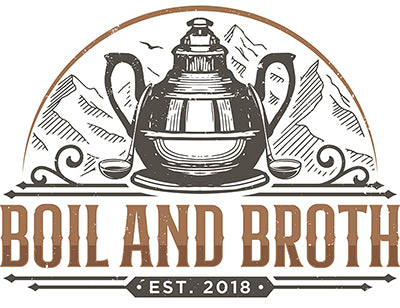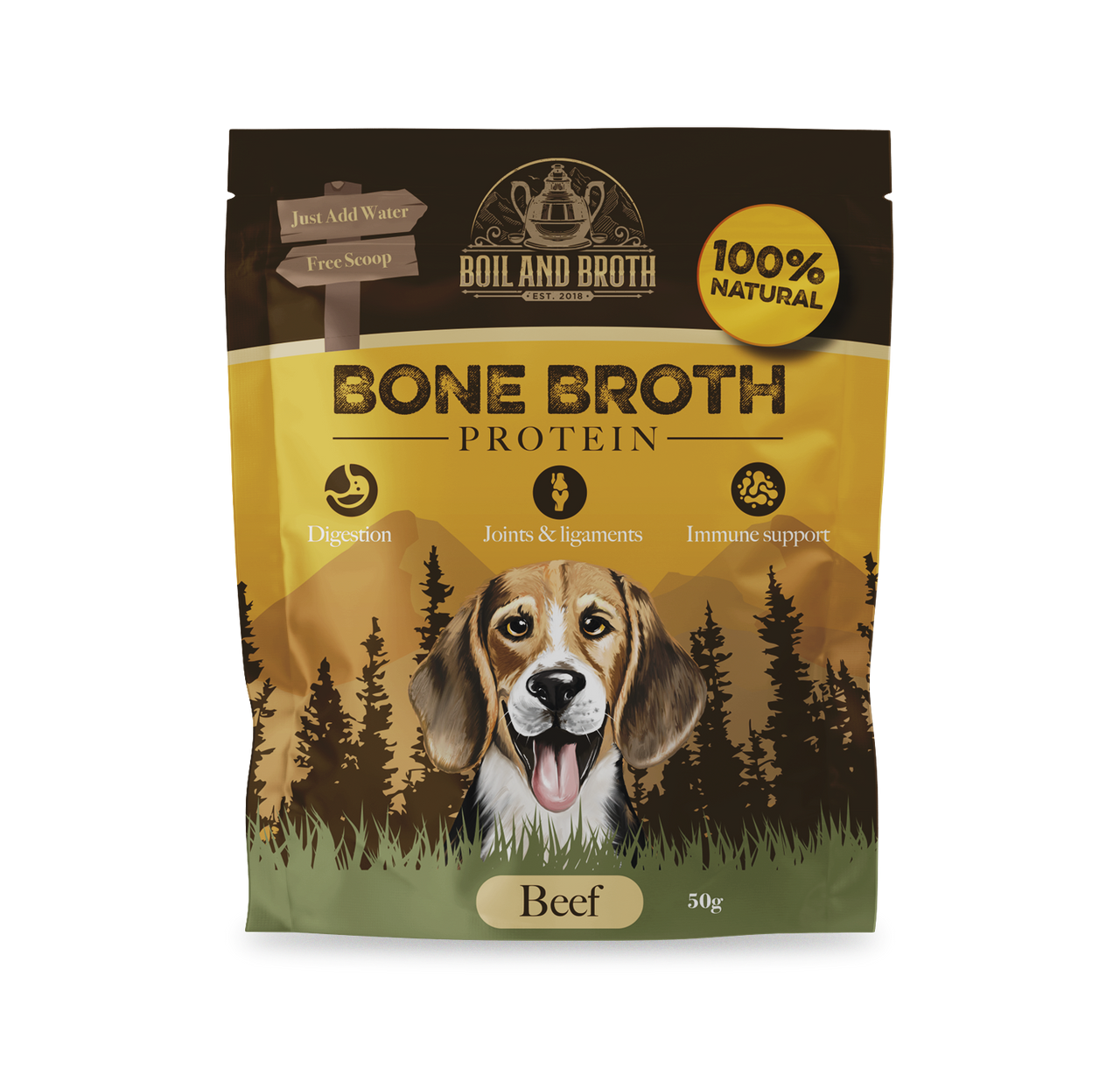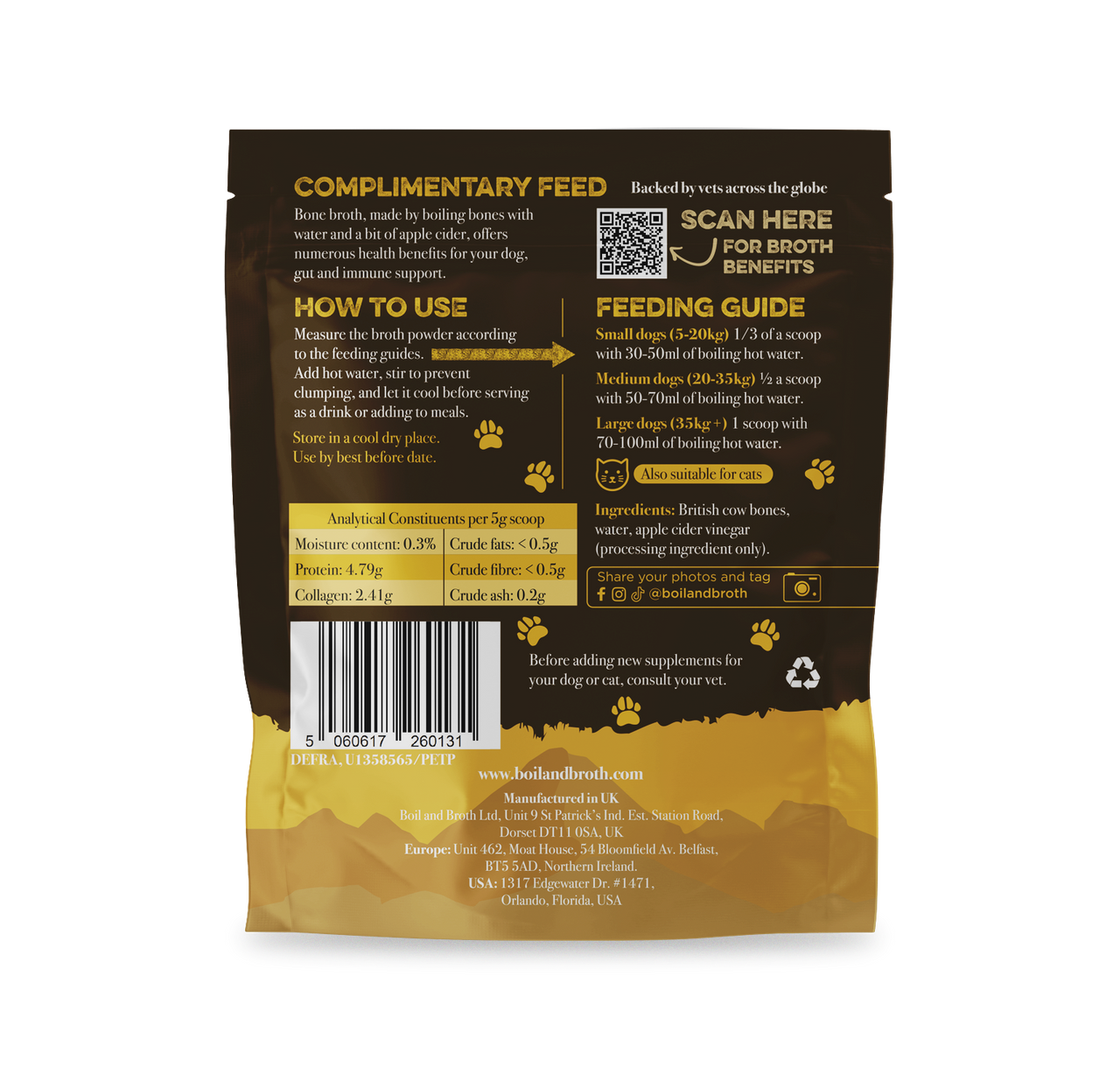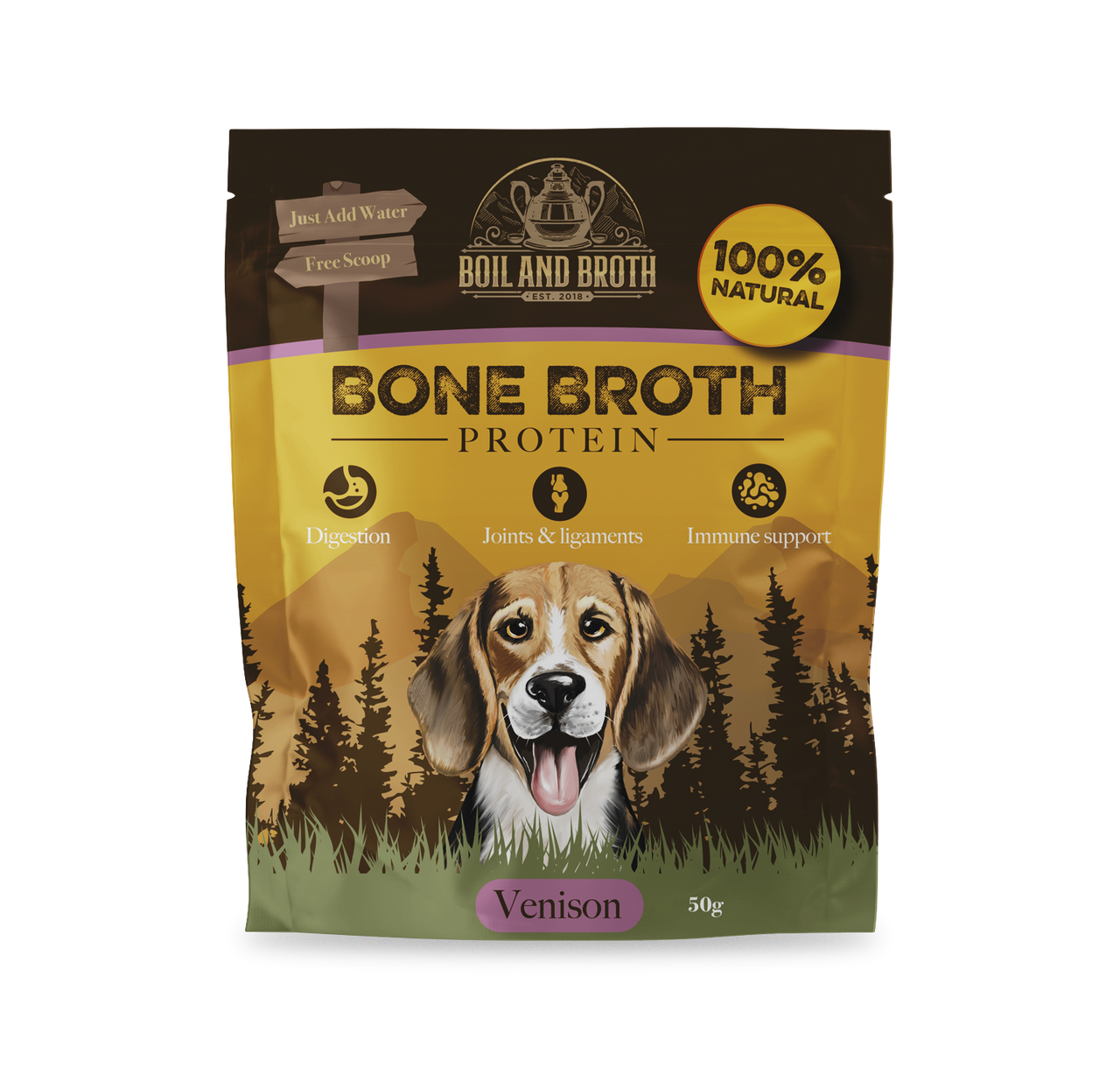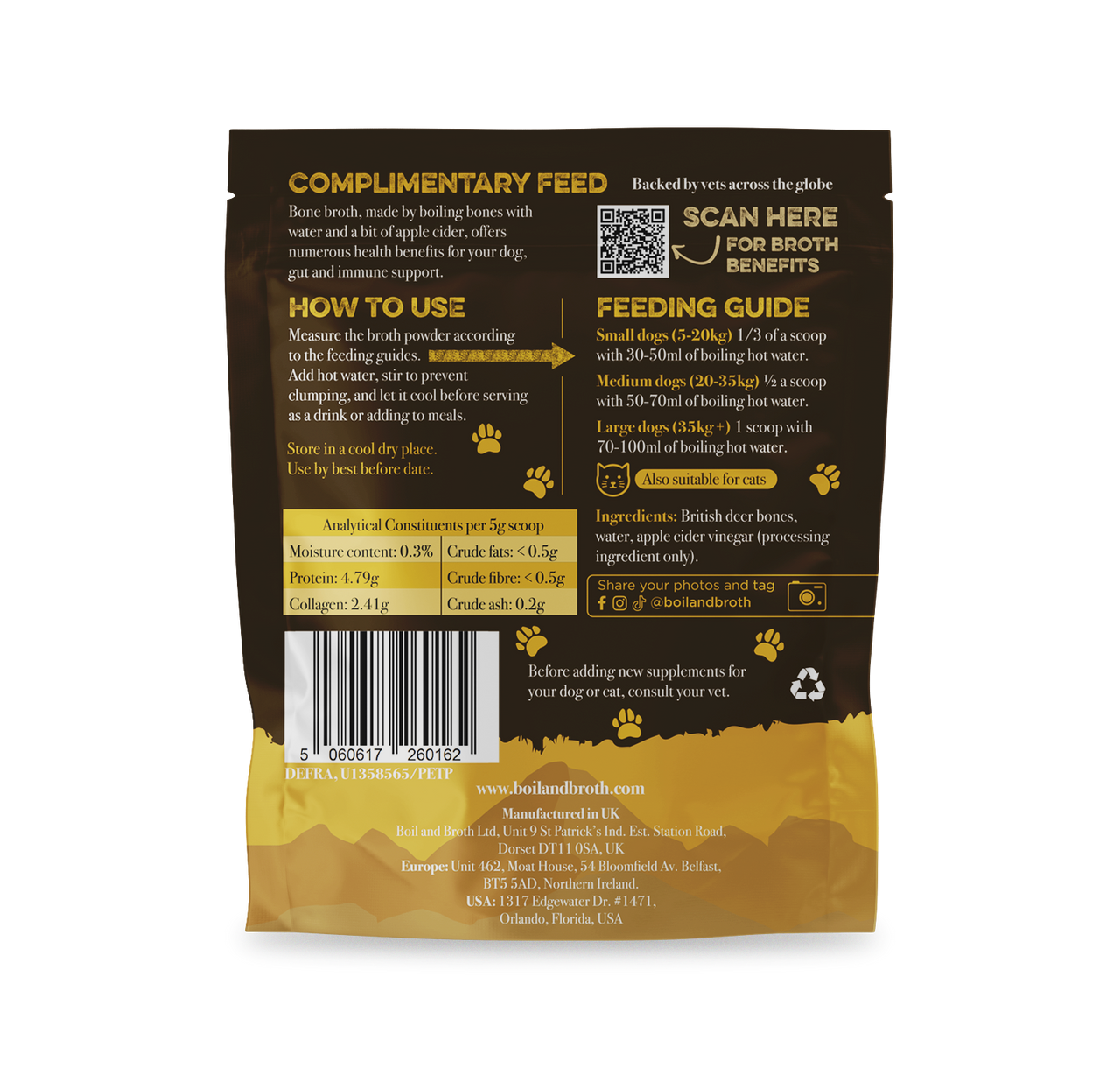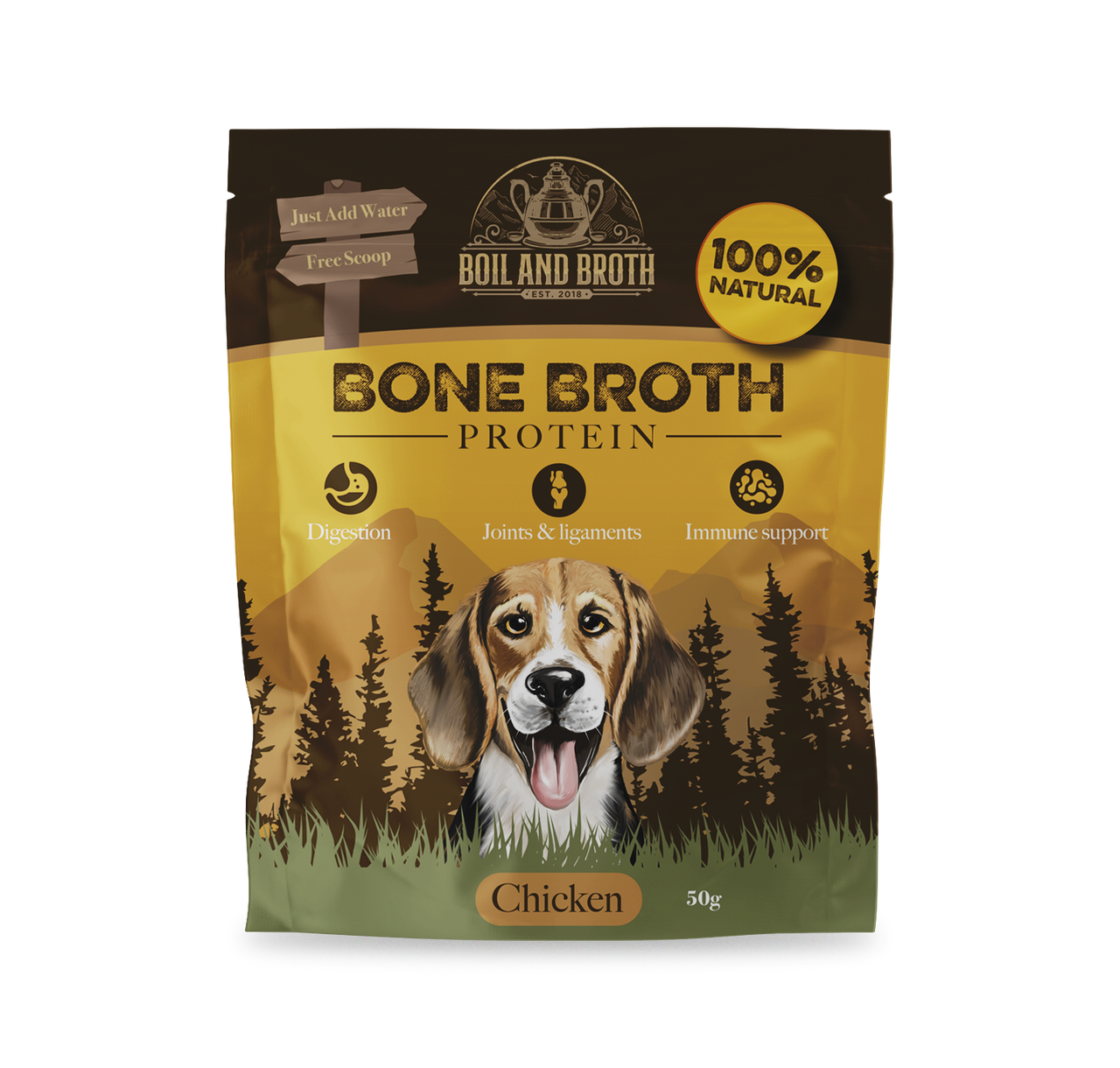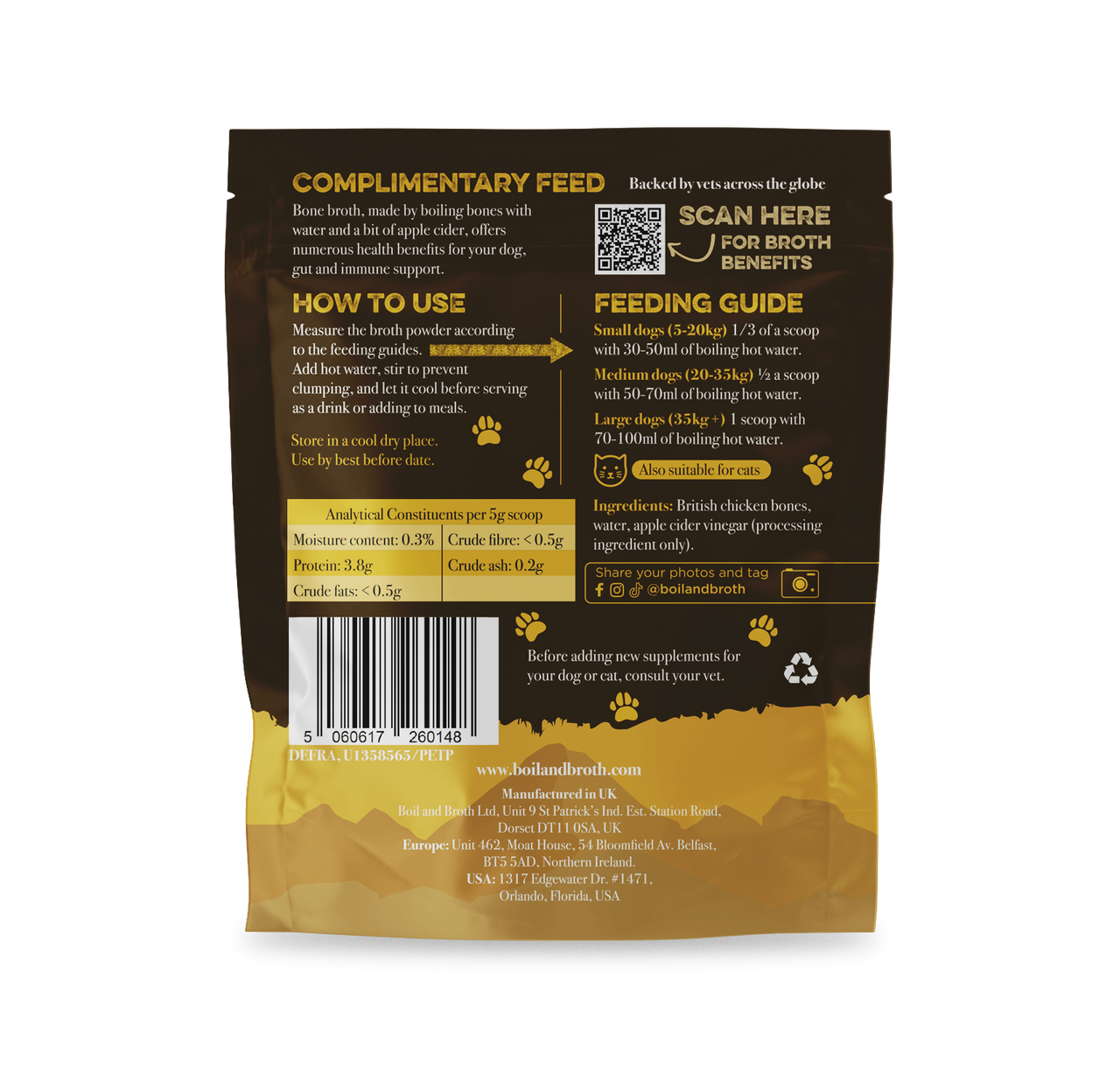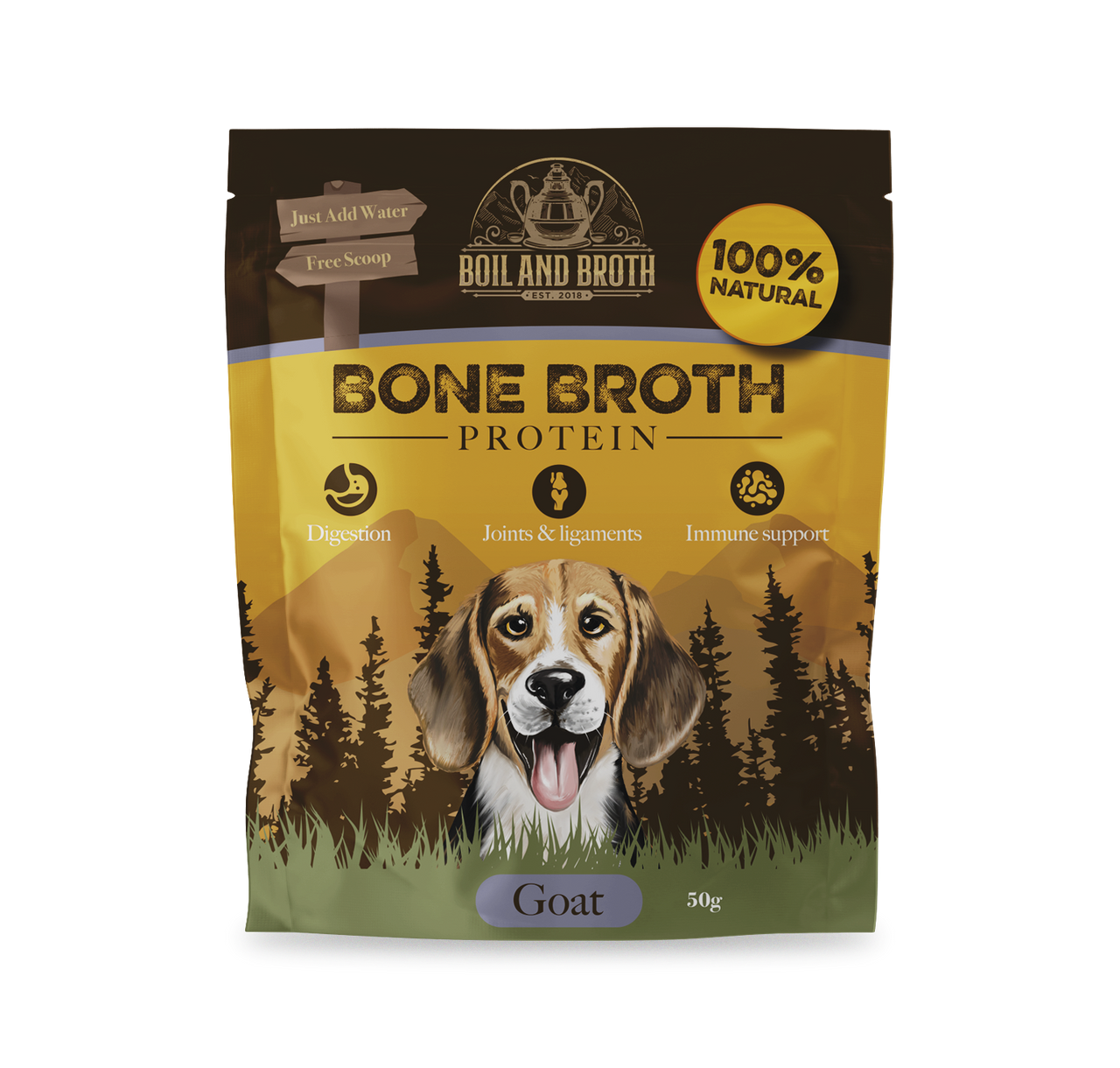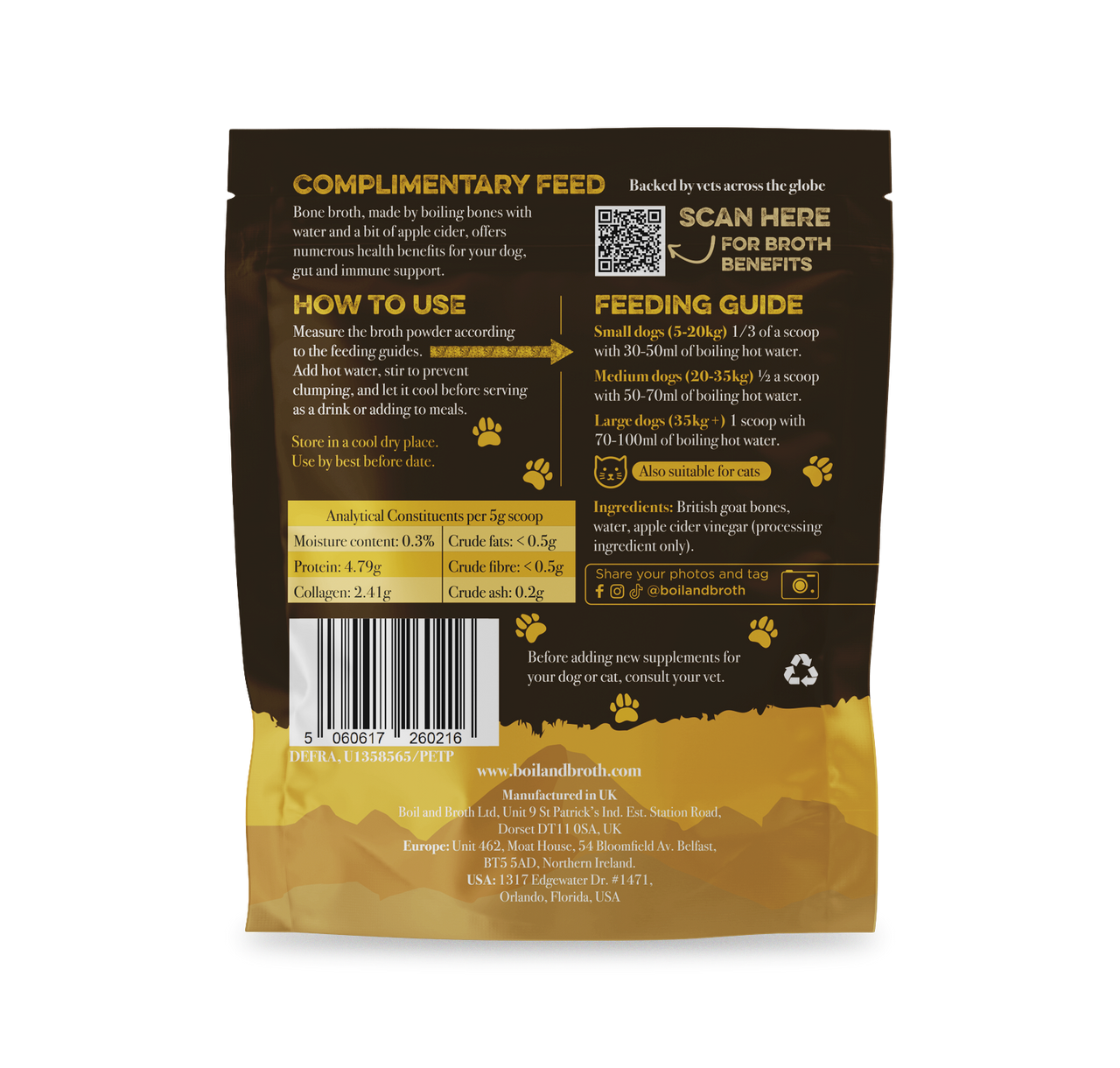Best food for your dog's healthy heart
| Best food for your dog’s healthy heart. |
We all want to keep our furry friend in the best possible health during old age. My pug, Esmeralda will be 18 in January 2021. Esmeralda is eighty-six in human years so you might expect her muscles to be tiring a little, including the biggest muscle in her body. This year she developed some signs of cardiomyopathy. Cardiomyopathy is a general term for diseases of the heart muscle. As dogs age their heart muscles can become weak and/or the valves can deteriorate and stiffen; backward flow or less effective pumping can cause congestion which pressurises and weakens the heart.
Esmeralda is very proud and her number one job is to keep me safe. She literally follows me everywhere I go, even now. In return, I feed her optimal nutrition and include heart-healthy foods so that she can continue in her role for as long as possible, albeit with some extra sneaky lie-ins. Read on and you will see that some signs of heart dis-ease are nutritionally responsive, and learn what foods these vital nutrients are found in with our Top Tips for Healthy Heart food list below!
| All About Protein |
For this blog we are delving into protein, one of the three dietary macronutrients. Fat and carbohydrate are digested for energy whilst protein is used for growth and repair within the body. If protein was burned as fuel we would literally digest ourselves, this is because the structures, tissues, glands, enzymes are made from the proteins we consume in our diet. The long protein chains found in animal flesh or plant protein are digested into single units called amino-acids. Like the alphabet letters make words, it is the combination of these amino-acids that are coded to make our cellular parts.
Turkey thigh. Dark muscle meat contains taurine. Studies have found that taurine increases calcium ion concentrations inside the cell to regulate heart contractions and functions as an antioxidant (McCauley et al.,2020). Essentially, Taurine helps to keep the heart muscle strong, remove waste, and repair damage. Taurine gained media attention in the 1980s when cats started developing retinal degeneration leading to blindness and Feline dilated cardiomyopathy; many of the cats were found to be taurine deficient and responded to supplementation. Processing losses, differences in the quality of taurine supplements with various effectiveness, and excessive fibre leading to lower absorption rates, were reasons for low levels of taurine in some commercial cat foods. Thankfully taurine is now classed as an Essential nutrient for the cat. Dogs can make taurine from cysteine and methionine and therefore not Essential. Given optimum levels remain unknown I include muscle meat in Esmeralda’s food each day. Why not consider poultry thighs, animal hearts, or even a mussel or scallop?
| Raw beef steak or a raw beef bone. Carnitine is an amino-acid derivative made from lysine and methionine, which literally translates as ‘raw flesh’, having first been isolated from raw meat. Fat is a primary energy source for skeletal muscle and the heart. Carnitine shuttles fats to the cell so that they can be burned for fuel; adequate energy production is vital for normal heart functioning. A second and important role is to transport waste and toxic compounds from the mitochondria (the energy making organelles in a cell) to maintain a healthy and effective environment (Spineli, 2018). Carnitine has been found beneficial in modulating inflammatory responses associated with heart disease in humans. Required carnitine levels remain unknown due to a variety of factors, it is thought that some breeds such as Cocker Spaniels and Golden Retrievers may need more (Kittleson et al., 1997) |
| I provide a raw meaty bone to my pugs, especially as we follow a cooked diet. Boiling meat accounts for the most losses of carnitine, with pan frying having lower losses at around 36% (Knüttel‐Gustavsen, S. et al., 2011) and so for this reason I include an element of raw in Esmeralda’s diet. Raw bone also provides an opportunity to put those wolf genes to use; she always looks happy and content enjoying a raw meaty bone. I am obviously aware that not all dogs are suitable candidates for a bone and therefore I have suggested a little raw steak snack instead. |
Lamb is a good source of methionine, one of the essential amino-acids. Methionine can be used to make cysteine, both of which contain sulphur. Sulphur is needed for the synthesis of a powerful antioxidant called Glutathione. The heart takes a battering. Exercising produces waste and energy production leads to free radicals which cause damage to the tissues of the heart; glutathione reduces wear and tear and removes waste to keep the cells and the environment healthy. Purple and red coloured vegetables contain antioxidant pigments too; associated health and longevity they make nice additions to your dog’s diet, should your dog tolerate them. And, don’t forget to consider the cruciferous vegetable family as they are a primary source of sulphur too.
Eggs are a good source of choline and B12. Low levels of choline may leave a dog susceptible to a fatty liver and anaemia (T. Kakimoto et al., 2014). Choline has a second important role to control the levels of homocysteine (a non-essential amino-acid) in the blood, along with B12 and folate. Choline is used to make Betaine which is involved in the conversion of homocysteine to methionine. It is thought that an improper conversion of methionine can lead to accumulation of homocysteine; associated with inflammation and heart disease in humans (Gerhard and Duell, 1999). Dog data is conflicting but dogs with inflammation, heart or kidney disease have higher markers of homocysteine (Gołyński, M.,2017). Low levels of choline, B12 and folate can lead to elevated blood levels of homocysteine as they are needed for the conversion. Chicken eggs are most commonly fed but you might also like to consider the odd quail or duck egg too, whilst folate is found in green leafy vegetables.
| Pork contains high levels of vitamin B1. The B vitamin family is involved in carbohydrate metabolism and important for the nervous system in general. B1 is significantly important as an outright deficiency of B1 leads to dementia and death. When calculating diets I often find that B1 comes in lower than the other members of the B vitamin family. This is because B1 is the most susceptible to processing (heat, light and water), so a little pork can be a good way to increase thiamine in a diet. B1 vitamins are found in all animal flesh but also in pseudo-grains. Buckwheat and quinoa contain a good range of B vitamins, they are gluten-free and a valuable source of fibre. Fibre is not a required nutrient in a dog’s diet there are many benefits to fibre – one being to remove waste from the body. Fibre binds with bile to pull toxins and waste from the body which is an absolute must living in our current environment. Further, some fibres act as a pre-biotics which feed the good bacteria in the gut. A healthy gut is the foundation to a healthy immune system and overall health and why I like to include a few healthy carbohydrates in a dog’s diet, should they tolerate them. |
Yellowfin Tuna (Thunnus albacares) is a great source of selenium. Esmeralda is mad for Tuna so I let her enjoy a little (it is high in sodium and therefore best kept as a small addition). I also include poultry, organ meat, eggs or other seafood to meet requirements. I mention selenium because it is a great example of how the environment has an effect on the foods we produce which can directly impact our health. Keshan is a form of cardiomyopathy. Interestingly, the main ethology of Keshan disease is a selenium deficiency. Cases were first reported in China’s Keshan County in 1935, an area where selenium levels in the soils are lower than average; supplementation of the population with selenium led to a significant reduction of the incidence of cardiomyopathy. Why? Well, selenium is required to produce that powerful antioxidant, Glutathione, which keeps heart damage in check. Further, low levels of selenium hinder the absorption of taurine which also acts to protect the heart, further lowering protection. It is perhaps easy to see how a change in a single nutrient can have far reaching consequences in the body.
A little off topic, but humans, take note! There are no excuses for any low selenium levels after reading this blog (unless you are allergic to the humble Brazil nut!) Did you know that a small handful of Brazil nuts will cover your daily selenium requirements? A standard adult requires 55 mcg of selenium a day and 5g of Brazil nuts will supply around 60 mcg. If you are planning on eating your nuts it is best to soak them for a few hours first; soaking increases digestibility allowing you to maximise their goodness! Can dogs eat nuts? Opinion varies; some nuts are actually toxic and the rest tend to be high in fat so there are likely better options in the meaty treats mentioned above.
I hope you have found this interesting. There are so many other things I could say but if you would like to know more, why not join our online Facebook community via this link: https://www.facebook.com/groups/500319716968606
Please get in touch should you require more information at www.naturopathiccanine.com
Disclaimer:
The recommendations are for a healthy dog suffering from mild heart dis-ease. Some breeds such as King Charles Cavalier Spaniels may be born with congenital heart issues and therefore you should take advice from a veterinarian before making any diet changes alongside a nutritionist. Any new symptoms assessed by your veterinarian and never self-diagnose your dog’s disease. Nutrients never work alone, nor do they have a single function; a complete and balanced diet is vital to make sure your dog is getting all the nutrients they need for optimal health long-term. The foods listed above should be considered as an addition(s) to a current diet. Single foods should not be relied upon for any lengthy period of time as each food has a varying nutrient profile, potentially leading to imbalances within a dog’s given diet. Further, the foods mentioned will not suit all dogs as individuals vary in tolerance. If your dog is displaying symptoms, it is prudent to speak to a qualified professional to assess their diet and make sure all the required nutrients are being provided for and in the correct balance. The content of this blog is not intended to be a substitute for professional veterinarian advice, diagnosis, or treatment. If your dog suffers from a pre-existing condition and/or is on medication, you should not make dietary changes without taking advice from a veterinarian or Nutritional Therapist.
References.
Gerhard GT, Duell PB (1999) Homocysteine and atherosclerosis. Curr Opin Lipidol. 10 (5):417-28.
Gołyński, M., Lutnicki, K., Krumrych, W., Szczepanik, M., Gołyńska, M., Wilkołek, P., Adamek, Ł., Sitkowski, Ł., & Kurek, Ł. (2017). Relationship between Total Homocysteine, Folic Acid, and Thyroid Hormones in Hypothyroid Dogs. Journal of veterinary internal medicine, 31(5), 1403–1405. https://doi.org/10.1111/jvim.14804
Flanagan, J.L., Simmons, P.A., Vehige, J. et al. (2010) Role of carnitine in disease. Nutr Metab (Lond) 7, 30.
Kittleson MD, Keene B, Pion PD, Loyer CG (1994) Results of the multicenter spaniel trial (MUST): taurine- and carnitine-responsive dilated cardiomyopathy in American cocker spaniels with decreased plasma taurine concentration. J Vet Intern Med. 1997 Jul-Aug;11(4):204-11.
Knüttel‐Gustavsen, S. and Harmeyer, J. (2011), “The content of L‐carnitine in meat after different methods of heat treatment”, British Food Journal, Vol. 113 No. 9, pp. 1114-1126.
McCauley, S. R., Clark, S. D., Quest, B. W., Streeter, R. M., & Oxford, E. M. (2020). Review of canine dilated cardiomyopathy in the wake of diet-associated concerns. Journal of animal science, 98(6).
Ripps, H., & Shen, W. (2012). Review: taurine: a “very essential” amino acid. Molecular vision, 18, 2673–2686.
Sanderson SL, Gross KL, Ogburn PN, Calvert C, Jacobs G, Lowry SR, Bird KA, Koehler LA, Swanson LL (2001) Effects of dietary fat and L-carnitine on plasma and whole blood taurine concentrations and cardiac function in healthy dogs fed protein-restricted diets. Am J Vet Res. 62(10):1616-23.
Smith, C.E., Parnell, L.D., Lai, CQ. et al. (2021) Investigation of diets associated with dilated cardiomyopathy in dogs using foodomics analysis. Sci Rep 11, 15881.
Spinelli, J. B., & Haigis, M. C. (2018). The multifaceted contributions of mitochondria to cellular metabolism. Nature cell biology, 20(7), 745–754.
Sydney R McCauley, Stephanie D Clark, Bradley W Quest, Renee M Streeter, Eva M Oxford (2020) Review of canine dilated cardiomyopathy in the wake of diet-associated concerns, Journal of Animal Science, 98 (6).
Toshiaki Kakimoto, Tomoko Iwanaga and Hiroaki Kanouchi (2014), “Plasma Homocysteine Concentrations in Dogs,” International Journal of Veterinary Medicine: Research & Reports, Vol. 2014
Ying. S, Y.Wei, T. Xianwen, Y.Quanhao, C. Xiaojing, W. Fenfang (2021) Keshan Disease: A Potentially Fatal Endemic Cardiomyopathy in Remote Mountains of China Frontiers in Pediatrics (9), 78
https://nutritionandmetabolism.biomedcentral.com/articles/10.1186/1743-7075-7-30
https://www.latimes.com/archives/la-xpm-1987-08-14-mn-805-story.html
https://www.sciencedirect.com/topics/neuroscience/keshan-disease
